A good example of an induction rechargeable product is where the energy is produced by the movement of a magnet through a coil, thus illustrating Faraday’s law. No battery either rechargeable or not, therefore no waste or chemicals: a nice green ecological product
Disclaimer: innovation.world has no financial incentive whatsoever, nor any ownership in the product reviewed. Products are chosen based on the only factor of having interesting or original designs to share with other industries. These products are on the market for years; Innovation.world has not and does not disclose any special or confidential information, but only what is visible by dismounting, observation and knowledge from similar technologies. Note however that these designs may be patented by their respective owners.
We could not find copyright info for this product

The design

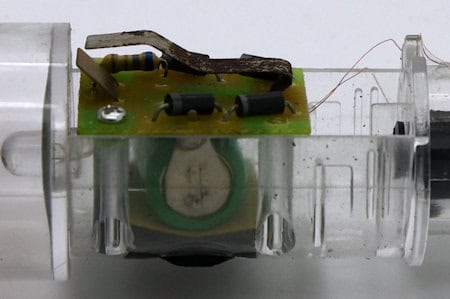
The product has a very interesting construction: except for the lens and the closing cap, all the components are not mounted on the main body, but on an internal removable chassis, making assembly or repair a breeze.
From our tests, the chosen magnet is very weak. A low-cost sintered magnet, with a minimal silver-like painting on it. Likely to delay its mechanical degradation & to look nice as the flashlight body is transparent

Two rubber bumpers on the extremities of the magnet path smooth the end of the moments & protect the plastic parts and the magnet from destruction.
The switch is made from a sliding small plastic knob, pushing a metal plate welded on the PCB underneath.
A single LED -old style now=not SMD- is creating the main light, while a reflective metal sheet on the bottom limits light losses.
A small battery -likely NiCd- to allow it to be emptied completely without being damaged, on the other side of the PCB holds the current produced. 4 diodes ensure a correct polarity for the battery as for the LED.

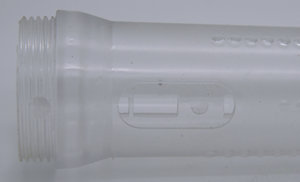
The small details that ease the magnet induction function:
- one hole at each end of the chassis to avoid trapping some air during the magnet movement
- some shape in the plastic to avoid a full circular friction contact with the magnet that would slow it down
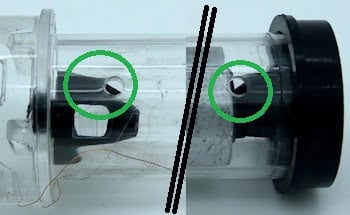
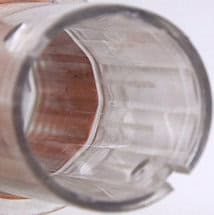
note: a transparent body or at least a window is a must in such a product, to clearly instruct the user to move the magnet.
A nontransparent body would give the impression that something is broken and free-floating inside, especially if the flashlight is not recharged and does not light.
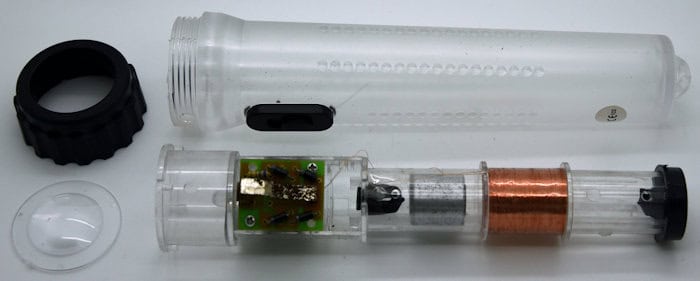
Conclusion
A traditional product, very modern in the ecological sense, in its low-cost version, but still with a nice construction -the chassis- and performing well for such a price.
Such a product needs a robust mechanical design, but to work very efficiently,
needs a very fine-tuned extremely low-current electronic component choices
(a diode driving too much current or a bad battery will ruin the system or require the user to shake his flashlight continuously)
Note that such induction can be calculated and simulated
Among others, software like COMSOL Multiphysics: coil calculation project example can simulate and calculate the induction a moving magnet produces within a coil.

Improvements & Innovations
The small improvements that would easily change the end user’s perception of a low-cost product
- a better LED choice, to increase light AND/OR decrease power consumption, thus increasing autonomy.
- definitively a better switch: not only does the switch now give a poor quality feeling, but if the body is transparent, such a corroding metal
- a better front cap design: in that price range, the principle of a screw-able cap is OK, but both the cap and the body could fit better together, at zero additional cost other than a couple of hours on the CAD
- decreasing, even more, the friction of the magnet: 3 or 5 thing ribs in the molded chassis
A completely optimized product could be made by

- making it watertight: the induction technology would be could for that, as there would be one less sealing usually required for the battery compartment
Although we do suggest that improvement, such products will never be intended for diving, as fast movement underwater will always be difficult and oxygen-consuming for divers
- suppress the passage/hole in the body for the switch: an external user-movable ring with a magnet could close the contact of a reed switch inside, thus making a completely sealed product that would never need to be opened (vacuumed or helium inside would even improve the slightly the magnet movement)
- Improving the magnet quality and the coil for efficiency
- A lot of space/volume/length could be gained in this product, either to reduce the product length or to put more battery, coil, magnet … On the right:
- in red = a direct gain = length that is absolutely not used
- In orange = volume where some functions or components could fit (electronic, more coil, special end-shape of the magnet …)
- some indicator of charging; in order not to consume the power just by indicating (!) either
- the charge is indicated only when the button is pressed
- or some e-ink is used, far better results, but would require some partnerships as that is currently patented and not available off-the-shelf
More innovative methods could be obtained from Faraday’s law: the visible field must be changed somehow; that can be obtained in a various way
- moving the magnet (the flashlight example above)
- but also moving the coil by any translation or rotation
- and also changing the magnetic field intensity (≈a variable magnet)
Glossary of Terms Used
Computer Aided Design (CAD): a software application used for creating, modifying, analyzing, and optimizing designs in various fields such as engineering, architecture, and manufacturing, enabling precise drawings and models through digital tools and techniques.
Printed Circuit Board (PCB): a flat board made of insulating material that supports and connects electronic components through conductive pathways, typically etched from copper sheets. It serves as a foundation for circuit assembly and facilitates electrical connections between components.

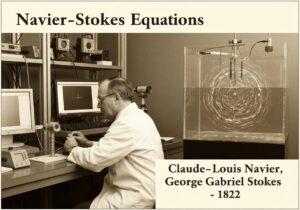


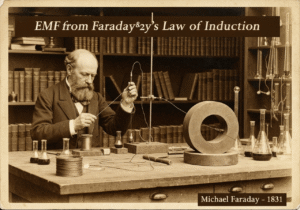


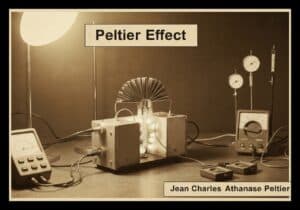
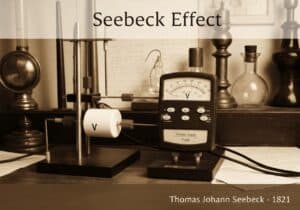


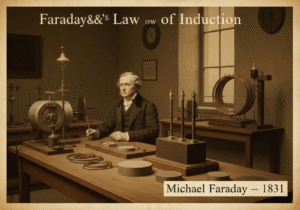


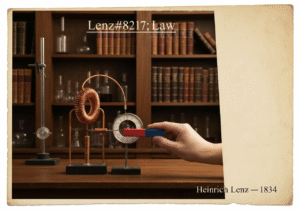








4 thoughts on “Induction rechargeable flashlight design”
Interesting read! Anyone else think the induction charging could be more efficient in the flashlight design? Lets discuss.
Does the design incorporate a fail-safe system? In case of induction failure, is there an alternative power source?
Interesting read! But wouldnt the induction method make the flashlight bulkier? What about the portability aspect? Curious to know.
Size isnt everything. A bulkier flashlight can mean more power. Portability vs. Performance, right?